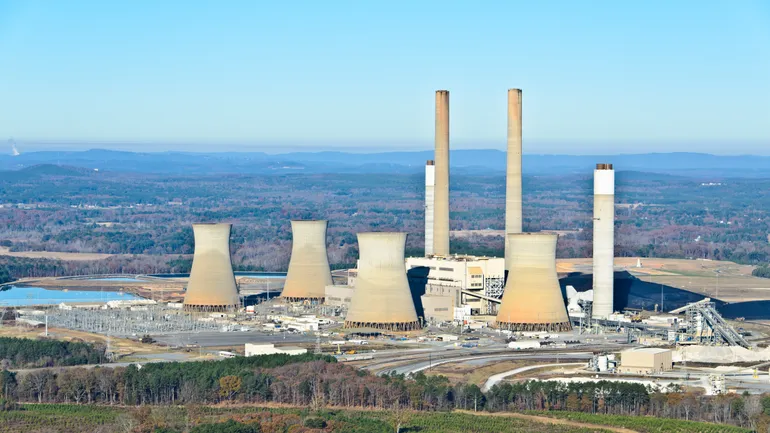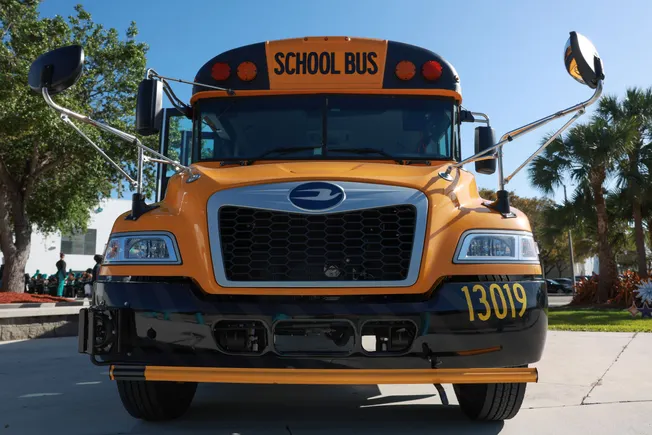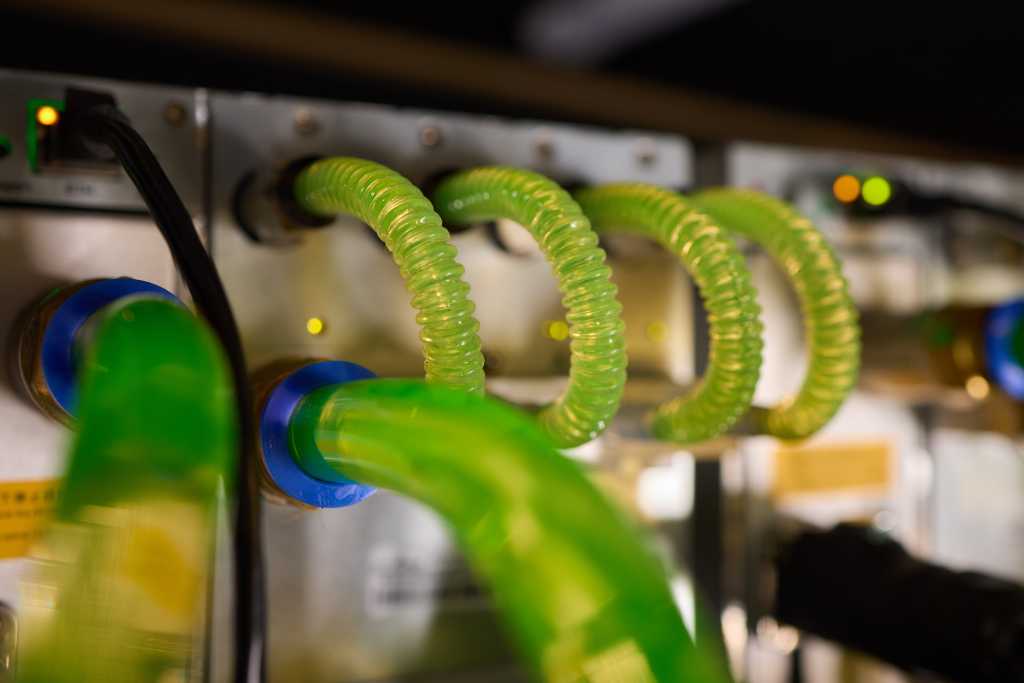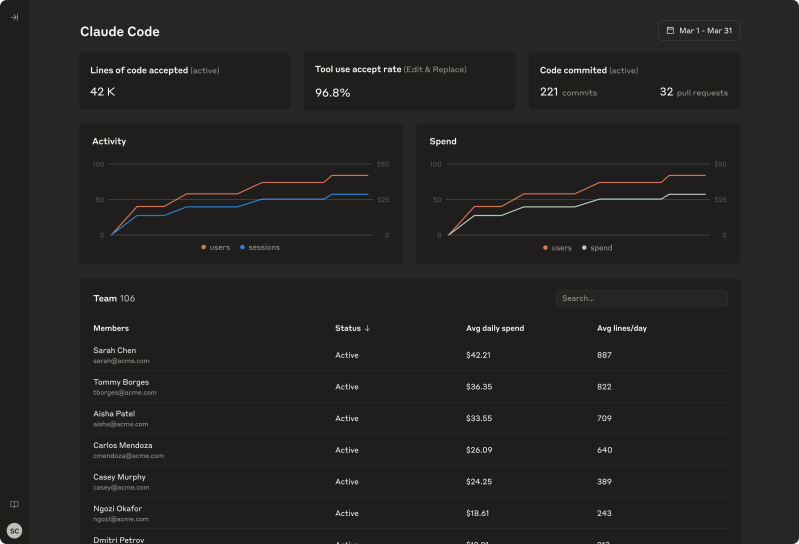The UK government has proposed changes to the way it procures offshore wind as it now needs to claw back capacity after the massive Hornsea 4 project ground to a halt.
The Department for Energy Security and Net Zero (DESNZ) confirmed changes to the way it will run its contracts for difference (CfD) auctions, starting with the upcoming Allocation Round 7 (AR7), expected this year.
Under the reforms, the government would no longer set a monetary budget for the various technologies across the auction, such as the £1.5 billion allocated for offshore wind in AR6, at the start of the auction.
Instead, the government would publish a “capacity ambition,” stating instead the amount of power it aims to procure.
However, it would still publish a budget for the auction after the process has run.
In addition, the reforms envision allowing the secretary of state to see the anonymous bids, including price and capacity.
They would use this information to determine how much capacity to procure and to set the final budget.
AR7
The amendments will also end flexible bidding for fixed-bottom offshore wind applications.
According to the proposals, flexible bids are no longer useful if the auction sets the budget after seeing the bids in advance.
Finally, the proposed reforms also considered accelerating the offshore wind part of the auction if developers get their bids in on time and there are no appeals.
However, the government said that legislation needed to make change could not be delivered before AR7 – though it did not rule it out for subsequent auctions.
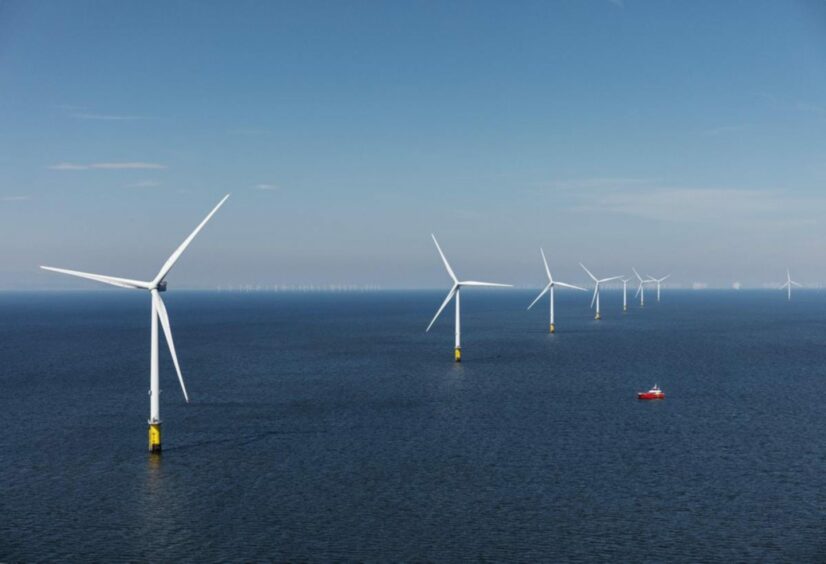 © Supplied by Orsted
© Supplied by OrstedIt added that the government is exploring non-legislative routes to accelerate a fixed-bottom offshore wind auction in time for AR7.
In comments to Energy Voice, Aegir Insights market analyst Signe Tellier Christensen said: “There is anticipation around the government’s response to its recent consultation on relaxing eligibility requirements for fixed-bottom projects – an amendment that could open the door to an additional 17GW of capacity.
“With rapid deployment needed in the years ahead, the government may be inclined to allow more projects to participate in order to maintain a competitive bidding environment in AR7.”
Capacity gap
When the results of AR6 were announced in September last year, energy secretary Ed Miliband hailed their “record-setting” performance.
It appeared to put the UK’s offshore wind targets back on the right track following the upset of AR5, where no offshore wind projects submitted any bids.
However, the government was still on notice, as the 3.7GW of offshore wind, including the 400MW floating wind farm Green Volt, fell short of what the UK needed to reach its 2030 net zero goals.
In total, AR6 needed to bring in 5.9GW to hit the 51GW offshore wind target by 2030, with AR7 to AR9 repeating this performance.
But now Ørsted has announced it will discontinue construction on its Hornsea 4 offshore wind project in the UK, despite securing a CfD in AR6.
The decision to discontinue Hornsea 4 has more than doubled the 2.2GW gap between what AR6 needed to procure and what it did, and marks a significant setback for the UK’s 2030 ambitions.
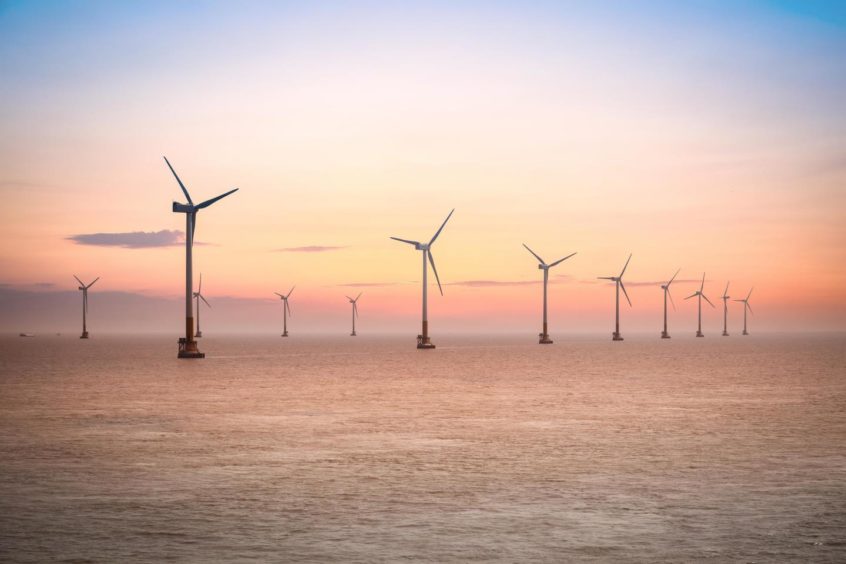 © Supplied by Orsted
© Supplied by OrstedChristensen added: “The pause of Hornsea 4 adds to the significant gap in the UK’s offshore wind planned build-out, especially with the government targeting 43-50GW by 2030. This gap places even greater importance on the upcoming CfD rounds – particularly the next to follow, which is expected to launch this summer.”
The company blamed “several adverse developments” since securing a CfD, including increasing supply chain costs, higher interest rates, and an increase in the risk to construct and operate Hornsea 4 on the planned timeline.
In addition to halting spending on the project, Ørsted will also terminate the project’s supply chain contracts.
However, it will retain seabed rights, a grid connection agreement and planning consent, with the company adding it will “evaluate options for future development”.
Christensen said: “Hornsea 4 dropping their CfD agreement so soon after being awarded brings the challenge of high costs into focus yet again, and with AR7 coming up, it raises important considerations around what kind of pricing will actually be needed to give developers confidence and keep projects moving on schedule.”
Going beyond
With the UK now playing catchup, AR7 is now under pressure to deliver. But the recent reforms may fail to address the issues that cause Ørsted to discontinue Hornsea 4.
Writing in a note, BloombergNEF analyst Kajsa Jernetz and head of wind research Oliver Metcalfe warned that the UK’s developer-friendly subsidy system, which imposes minimal penalties for failing to deliver projects, increases the likelihood of approved projects not being built.
“Compared to other offshore wind markets, the UK offers one of the most attractive support programs,” they noted.
“Despite offering valuable revenue support, the UK’s CfD system places minimal penalties on developers that walk away after securing a contract. There are no financial consequences for non-delivery.
“Instead, developers are simply barred from reapplying with the same project in the next two annual CfD rounds.”
They warned that this can lead market participants to view CfDs “more like options than obligations. And with a relatively small penalty, they can back out of a project if the economics start to change.”
With a 43GW minimum capacity target of operational offshore wind by 2030, Hornsea 4’s absence reduces its project pipeline available by that date to just 44.3GW.
“With such a thin margin for error, almost every project with a grid connection agreement will need to secure revenue support soon to allow enough time for development, financing, and construction,” BloombergNEF’s note said.
“The UK grid operator’s freeze on new connection agreements from January 2025 adds further pressure. This urgency could suppress competition in upcoming CfD auctions, potentially raising the cost to consumers of meeting the country’s clean energy goals.”






